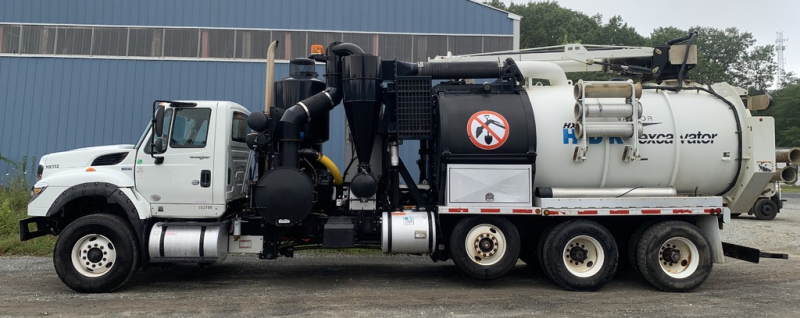Utilizing Hydrovacs for Directional Drilling Projects
Hydrovacs get the job done.
Posted 20:43 July 29, 2024
Last Updated 20:43 July 29, 2024

Hydrovacs have become an essential tool in the construction and utility industries, particularly when it comes to directional drilling projects. Directional drilling, also known as horizontal directional drilling (HDD), is a method used to install underground utilities with minimal surface disruption. It involves drilling a pilot hole along a predetermined path, which is then enlarged to accommodate the utility pipe. While this technique offers numerous advantages, it also presents challenges, particularly in safely navigating around existing underground infrastructure. This is where hydrovacs come into play, providing a safe, efficient, and non-destructive means of supporting directional drilling projects.
One of the primary advantages of using hydrovacs in directional drilling is their ability to expose underground utilities without causing damage. Before directional drilling begins, it is crucial to identify and verify the location of existing utilities such as gas lines, water mains, electrical cables, and telecommunications infrastructure. Traditional methods of excavation, like mechanical digging, can be risky and may lead to inadvertent strikes on these utilities, resulting in service disruptions, costly repairs, or even hazardous situations. Hydrovacs, which use pressurized water to break up the soil and a vacuum system to remove the debris, allow for precise and controlled excavation. This non-destructive process ensures that underground utilities are safely exposed without the risk of damage, providing accurate information to guide the directional drilling process.
Another key benefit of hydrovacs in directional drilling projects is their ability to handle a wide range of soil conditions. Directional drilling often takes place in urban environments where the ground may be composed of various soil types, including clay, sand, gravel, or even frozen earth. Hydrovacs are versatile and effective in all these conditions, making them ideal for preparing the site for drilling. In areas with challenging soil conditions, such as hard-packed clay or frozen ground, the high-pressure water jets of a hydrovac can efficiently break up the soil, allowing for easier and safer excavation. This adaptability ensures that directional drilling can proceed smoothly, regardless of the ground conditions, reducing delays and increasing overall project efficiency.
Hydrovacs also contribute to maintaining a clean and safe work environment during directional drilling projects. Traditional excavation methods can generate large amounts of dust, debris, and loose soil, creating hazardous conditions for workers and complicating the drilling process. In contrast, hydrovacs effectively contain and remove the displaced material, leaving the worksite cleaner and more organized. This not only improves safety but also minimizes the environmental impact of the project by reducing soil erosion and sediment runoff. Additionally, because hydrovacs are less invasive, they minimize surface disruption, preserving existing landscaping and infrastructure, which is particularly important in urban and residential areas.
Furthermore, the use of hydrovacs in directional drilling projects can lead to significant cost savings. By accurately locating underground utilities and safely exposing them, hydrovacs help prevent costly utility strikes and the associated downtime. They also reduce the need for extensive restoration work after the project is completed, as the excavation process is more controlled and less damaging to the surrounding area. The efficiency of hydrovacs in various soil conditions also helps to keep projects on schedule, reducing labor costs and avoiding delays that could increase overall project expenses.
In conclusion, hydrovacs are invaluable tools in supporting directional drilling projects, offering numerous benefits that enhance safety, efficiency, and cost-effectiveness. Their ability to safely expose underground utilities, handle diverse soil conditions, and maintain a clean work environment makes them an ideal choice for preparing drilling sites. By incorporating hydrovacs into directional drilling projects, contractors can ensure a smoother, safer, and more successful outcome, ultimately contributing to the reliable installation of underground utilities with minimal surface disruption.
Contact Hole Hogz today for a free consultation about your upcoming construction project. We service Las Vegas, Henderson, Boulder City, and most parts of Clark County Nevada.
